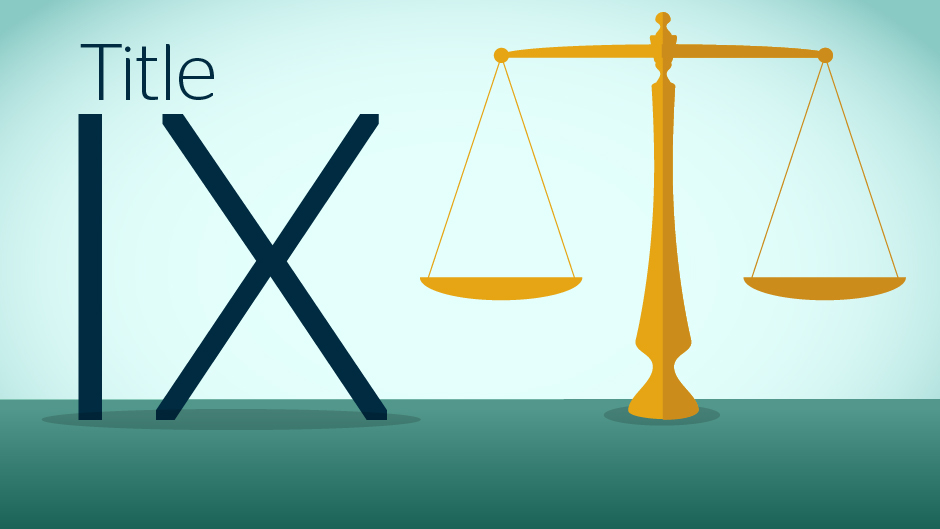
Title IX is a federal legislation that prevents public and private schools that receive federal funds from discriminating based on sex. Though this is commonly brought up during issues of athletic programs and scholarships, it also covers issues concerning academic discrimination. Before 1972, it was common for high schools to discriminate based on sex, as they would usually segregate classes according to sex. If you want to calculate your grades, you should use a grade calculator. Boys were prioritized when it came to advanced courses and courses that were considered more important.
Girls were discouraged from enrolling in these same courses. Title IX was used to significantly influence the participation of girls in athletics as well as in the general academic curriculum. This was so effective that currently, girls have a 50% participation rate in athletics which is a huge leap from a time when they were actively discouraged and prevented from participating in athletics. This also had an affirmative effect on the overall academic experience of girls, enabling them to enroll in any courses they chose to.
Title IX is applicable to schools, state and local educational agencies, and other institutions that get federal financial assistance. These recipients include around 17,600 local school districts, more than 5,000 post-secondary institutions, and for-profit schools, charter schools, museums, and libraries. If you need to calculate your GPA, use a high school GPA calculator. Vocational rehabilitation agencies, as well as education agencies of 50 states, the territories of the U.S., and the District of Columbia, are also included among recipients of federal funds.
All these recipient institutions must run their education program or activities in a non-discriminatory manner. This means they can’t discriminate based on sex, including gender identity and sexual orientation. Some primary issue areas covered under Title IX obligations are admissions, recruitment, and counseling; athletics; financial assistance; sex-based harassment, which includes sexual assault and other types of sexual violence; single-sex education; discipline; treatment of LGBTQI+ students; treatment of parenting and pregnant students; and employment.
Additionally, no recipient or other person may threaten, intimidate, pressurize, or discriminate against any person for the purpose of interfering with any privilege or right protected by Title IX or its implementing regulations, or because the person has made a report or complaint, assisted, testified, participated, or declined to take part in a proceeding under Title IX. If a federal fund recipient acts or retaliates in any way as mentioned above, it’ll be deemed a violation of Title IX.
Earlier, Title IX was a powerful tool to stop sexual harassment and violence in schools. But with the Department’s new Title IX rule that came into effect on August 14, 2020, protections for student survivors have been drastically rolled back. This makes it easier for schools to hide sexual harassment cases.
Concluding Thoughts
Title IX was a monumental accomplishment in fighting civil rights for women of all color. No longer would they be discriminated against with impunity, simply because of their gender. Because of the brave women that fought for this law to become a reality, women of all races in America have equal protection from discrimination. We have done our best to explain the ins and outs of Title IX, so if you have any questions, feel free to leave them in the comment section below.